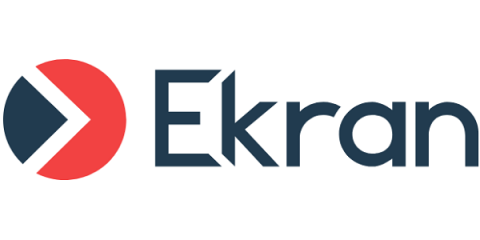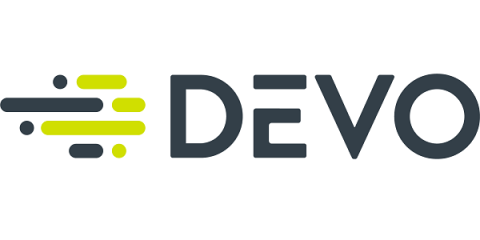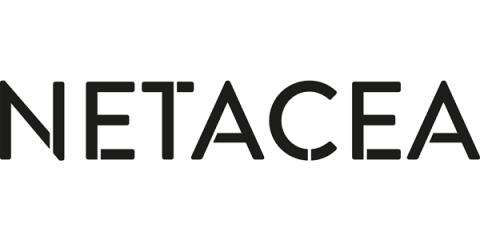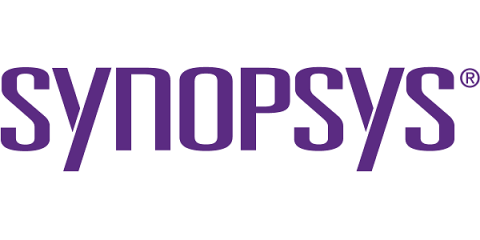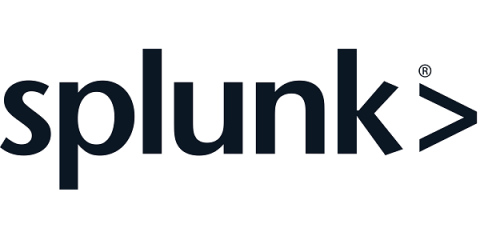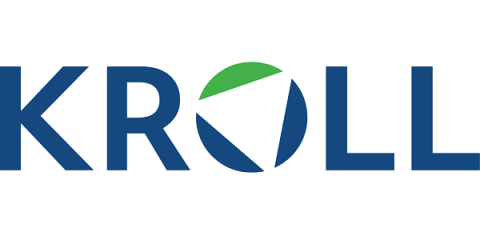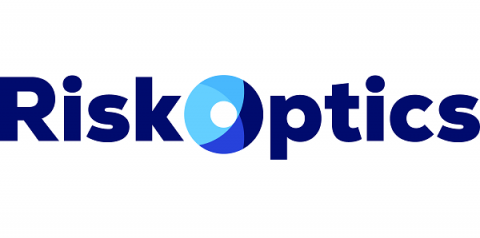Security | Threat Detection | Cyberattacks | DevSecOps | Compliance
Latest News
What Is SIEM?
Technology companies love abbreviations and acronyms. Starting with what’s probably the original tech company, International Business Machines (better known as IBM), initials, abbreviations and acronyms continue to dominate the personal computer (PC), telecommunications (telco), security operations (SecOps), and many other tech industries.
What are bots costing telecommunications companies?
Netacea recently surveyed 440 businesses from across the USA and UK to understand how much financial impact bot attacks are having across different industries. Read the full results in our report: The Bot Management Review: What Are Bots Costing Your Business?
ASOC series part 3: How to improve AppSec accountability with application security orchestration and correlation
Accountability is essential for AppSec analysts, managers, and CISOs. Learn how ASOC tools bring the visibility and transparency required. We have already discussed how application security orchestration and correlation (ASOC) makes the AppSec process more efficient and scalable. In this final post in our ASOC series, we will demonstrate how ASOC tools bring accountability to both the technical and business sides of application security.
Minnesota Judicial Courts See $1M ROI with Splunk
Security analysts know this situation well: inundated by alerts, alternating between 10 different security tools, and feeling the pressure of responding to each and every threat. It’s typically around this point that SOC teams realize it’s humanly impossible to process the amount of data that needs to be processed, and they should start looking for a solution. Gretchen White, Chief Information Security Officer at Minnesota Judicial Courts, experienced this firsthand.
Data Exfiltration in Ransomware Attacks: Digital Forensics Primer for Lawyers
Nearly 80 per cent of all ransomware attacks in the first half of 2021 involved the threat of leaking exfiltrated data. Exfiltration is a popular pressure tactic as it introduces the threat to publish stolen sensitive data to a threat actor extortion website if a ransom payment is not received. Our team currently tracks over 40 threat actor extortion websites, with new sites belonging to new ransomware groups emerging each week.
What is a Network Vulnerability Assessment?
A network vulnerability assessment is the reviewing and analyzing of an organization’s network infrastructure to find cybersecurity vulnerabilities and network security loopholes. The assessment can be carried out either manually or by using vulnerability analysis software — although the latter is preferred because it’s less susceptible to human error and usually delivers more accurate results.
What is an Audit Universe?
An audit universe is a document that details all the audit activities to be carried out by the internal audit function. It consists of multiple and distinct auditable entities, processes, and activities, which can be considered “auditable units.” The number of these auditable units varies depending on the organization’s size, business complexity, and operational scale. In some cases they can run into the hundreds or even thousands.
What is Regulatory Compliance?
Regulations have long existed to govern how organizations collect and use information online, as well as what cybersecurity precautions organizations should take while conducting business online. As digital transformation of business processes has accelerated in the last few years, however, that means ever more organizations — large and small — must comply with all those regulations.
What is HIPAA Compliance?
The Health Insurance Portability and Accountability Act (HIPAA) was enacted by Congress in 1996 to prevent medical fraud and to assure the security of protected health information (PHI), such as names, Social Security numbers, medical records, financial information, electronic health transactions and code sets. The law is managed by the U.S. Department of Health & Human Services (HHS).


